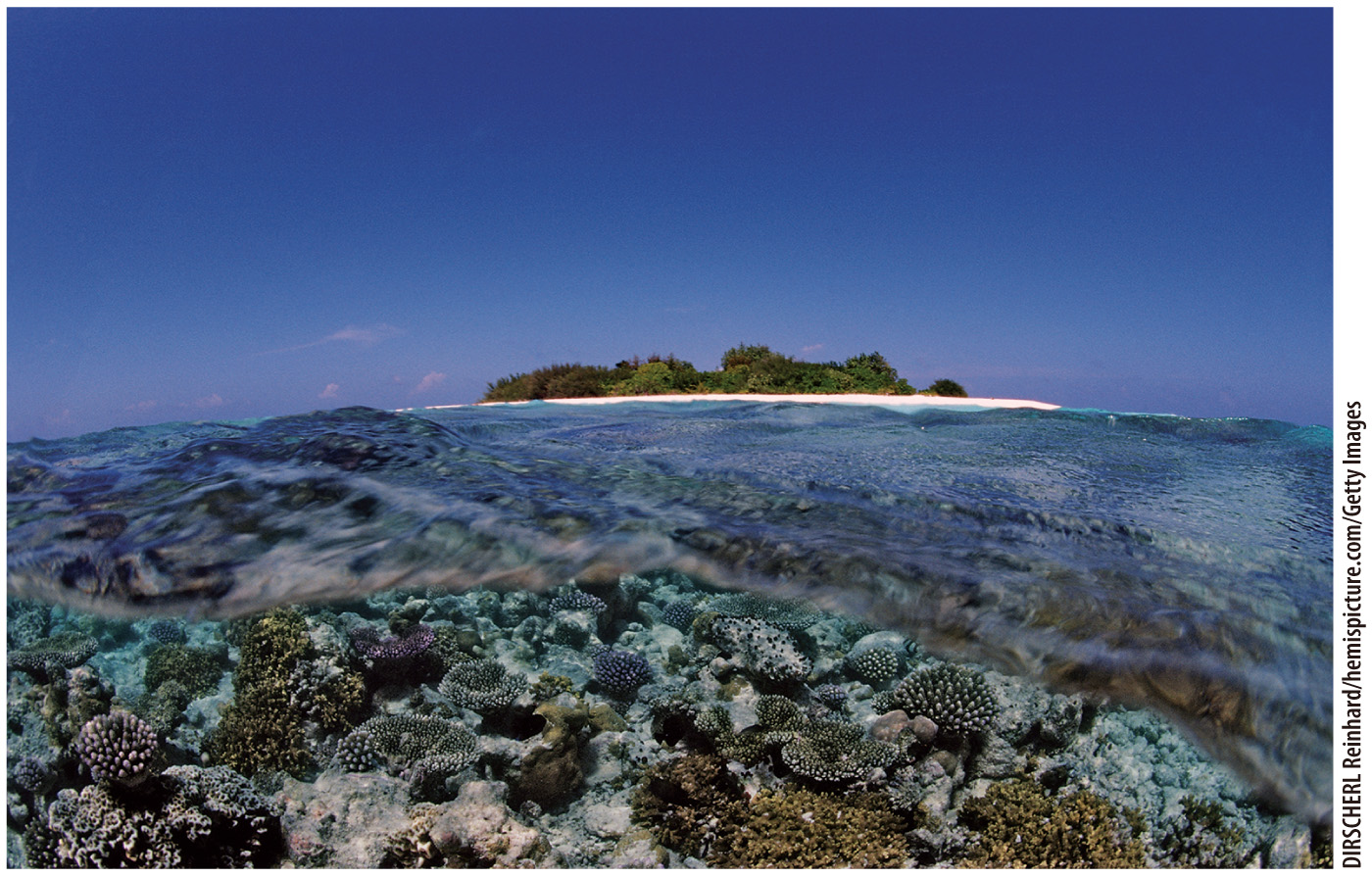
Coral reefs
Coral reefs form another neritic biome, indeed, the most diverse biome in the oceans. The best- e-